Updated:February 16, 2024, 2 years ago
Updated: February 16, 2024, 04:13 PM IST
CBSE Proposes Changes in Credit System: In a significant move towards reshaping higher and senior secondary education in India, the Central Board of Secondary Education (CBSE) is in the process of implementing substantial changes to the structure of Classes 9, 10, 11, and 12. These changes align with the National Education Policy (NEP) 2020, emphasizing the adoption of credit to establish parity between vocational and general education.
CBSE’s Emphasis on Native Indian Languages in New Proposal
CBSE is looking to expand the scope of subjects for Class 10 and 12 students, with a particular focus on incorporating more native Indian languages. The proposal was circulated to all CBSE-affiliated institutions towards the end of last year and invited feedback by December 5, 2023.
National Credit Framework (NCrF) and UGC’s Role in Facilitating Transition
The University Grants Commission (UGC), the higher education regulator, introduced the National Credit Framework (NCrF) in 2022 to facilitate a smoother transition between vocational and general education. NCrF serves as a unified credit framework, integrating training and skill development into both school and higher education systems. Students must accumulate a specific number of credits to progress from one academic level to the next, making them eligible for undergraduate programs at universities.
CBSE’s Subcommittee Proposes Departure from Grading System to Credit System
To execute NCrF in affiliated schools, the CBSE set up a subcommittee in 2022 to propose adjustments to the existing academic framework in accordance with NCrF guidelines. The current proposal suggests a departure from the conventional grading system towards a formalized credit system. An academic year will now comprise 1,200 notional learning hours, equivalent to earning 40 credits.
Restructured Scheme of Studies to Incorporate Multidisciplinary and Vocational Courses
The scheme of studies has been revised to delineate teaching hours and credits earned for each subject. The proposal advocates the incorporation of multidisciplinary and vocational courses alongside existing subjects. For classes 9 and 10, students will now need to complete 10 subjects, including three languages and seven core subjects, as opposed to the current requirement of five subjects. Of the three mandatory languages, at least two must be Indian.
CBSE’s Detailed Plan for Classes 11 and 12 Under the New System
For classes 11 and 12, students are advised to study six subjects, comprising two languages and four subjects, with an optional fifth subject. At least one of the languages must be Indian. Exams will be conducted independently of the credits earned by students. Subjects will be categorized into four groups, and students must choose at least two languages from Group 1 and four main subjects from at least two of the remaining groups.
Examination System Under the Proposed Credit System
Under the proposed system, exams will be conducted independently of the credits earned by students. For Class 10 students, CBSE will administer external (board) exams for three languages: mathematics and computational thinking, social science, science, and environmental education. Art education, physical education, and vocational education will involve a combination of internal and board examinations. However, students must pass all 10 subjects to progress to the next grade.
In Class 12, subjects will be categorized into four groups. Language subjects constitute Group 1, while Group 2 comprises arts education, physical education, and vocational education. Group 3 encompasses social science subjects and interdisciplinary areas, whereas Group 4 comprises mathematics, computational thinking, and science subjects.
No Alteration to Existing Grading System in CBSE-Affiliated Schools
The proposed credit system does not alter the existing grading system in CBSE-affiliated schools. Students will continue to be graded based on their exam performance, ranging from A1 to D and E. Grades will be assigned by placing students in rank order, with the top one-eighth receiving an A1 grade, followed by subsequent rankings receiving appropriate grades.
The proposed changes by CBSE mark a paradigm shift in the Indian education system, aligning with the NEP 2020 and aiming to provide students with a more holistic and flexible learning experience. The move towards creditization and the National Credit Framework reflects a forward-thinking approach to education, emphasizing skill development and the integration of vocational and general education. As stakeholders await the final implementation, these changes hold the potential to reshape the educational landscape for generations to come.



